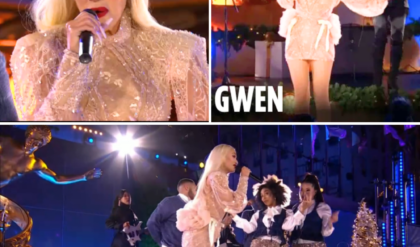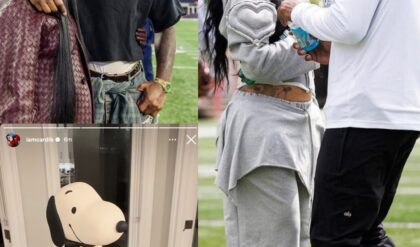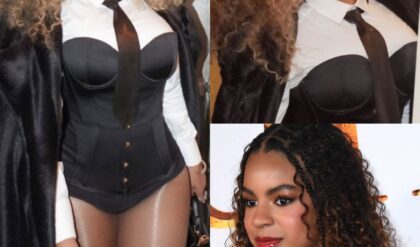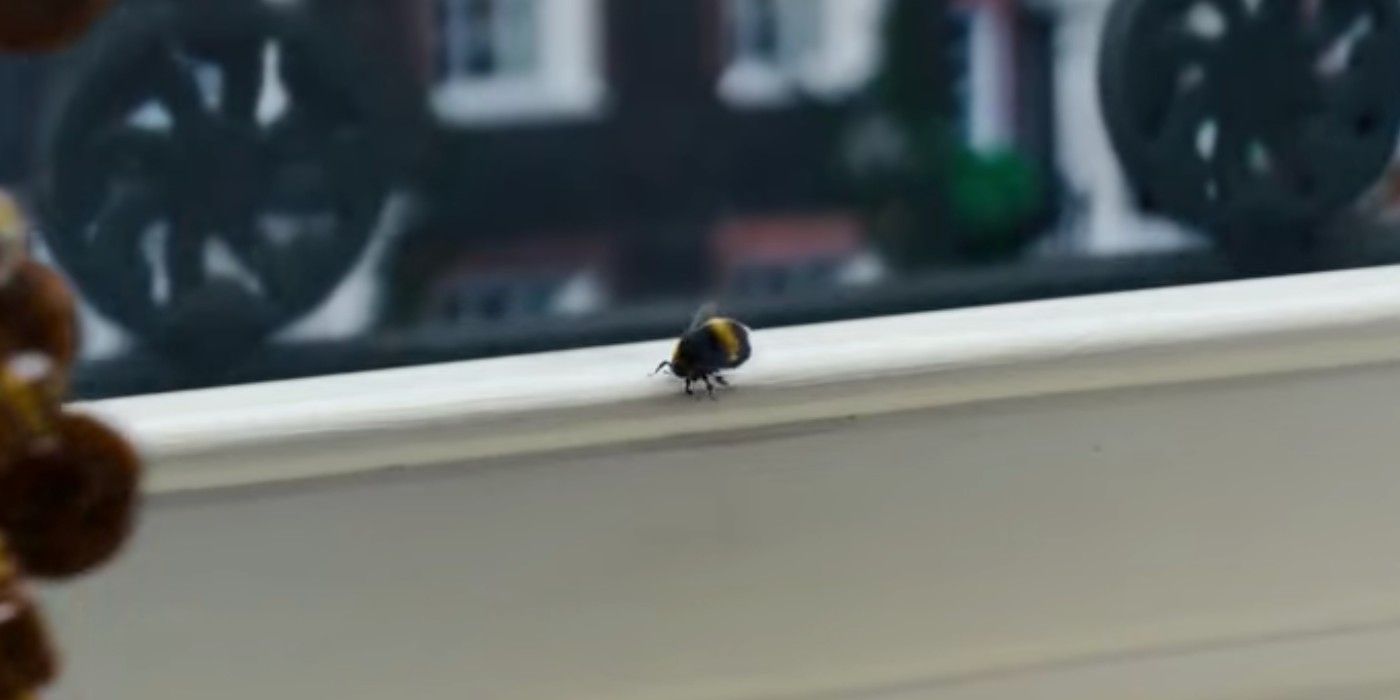
After the storylines are wrapped up, the very last shot of Bridgerton season 1, sees a single bee fly in through the open window of the bedroom in which Daphne gives birth with the camera resting on it. It’s no accident, as fans of the Bridgerton books will know, but there are two meanings behind it.
Firstly, in the wider narrative of this universe, bees represent the weight of the past, particularly for Anthony Bridgerton, who wrestles with the same ideas of legacy throughout Bridgerton. That’s because, Lord Bridgerton – his father – was killed by a bee sting, inspiring in Anthony a morbid fear of bees. They fundamentally represent both mortality and the fear Anthony has throughout Bridgerton season 1 of his own duties as the head of the household, which he runs away from symbolically by becoming a rake.
But the second meaning of the shot is more conventional: bees are a sign of community spirit and personal power, but even more crucially, the concept of order, which is precisely what Bridgerton is all about – the upkeep of good order.
The Real Meaning Of Bridgerton Season 1
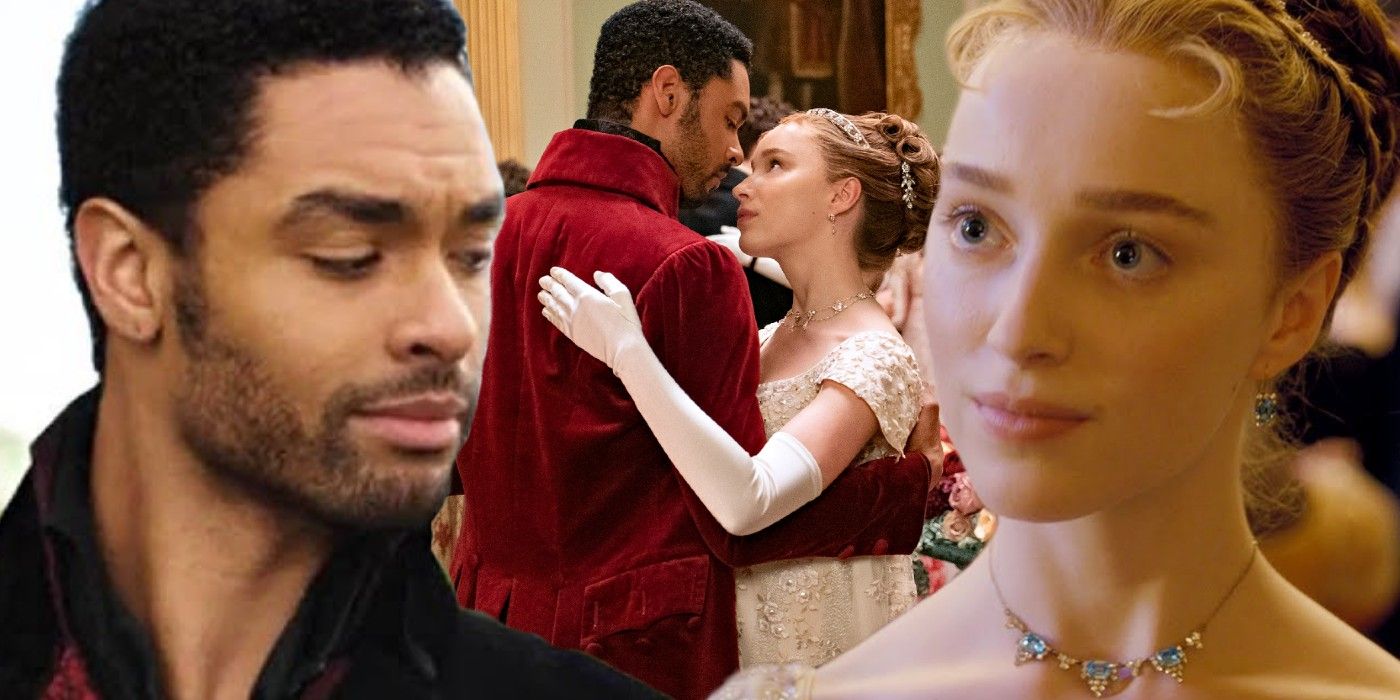
Everywhere the audience looks in Netflix’s Bridgerton season 1, characters have a duplicity about them…
The whole salacious undercurrent of Bridgerton‘s ton paints a picture that absolutely everyone has either a scandal behind them or some sort of secret they do not wish for others to pry into. For some, it is a personal trauma – as with Simon’s history or the Queen’s tragic marriage – but for others, it’s outright criminal or immoral in the eyes of society.
Everywhere the audience looks in Netflix’s Bridgerton season 1, characters have a duplicity about them, whether out of necessity or design: Simon hides his fragility behind stoicness and strength; the Queen hides her pain behind a front; Lady Whistledown’s real identity is massively at odds with her assumed one; Anthony is a Lord seeking order for his family but wrestling with his own desire to escape his duty.
And then there is the concept of the second community beneath the surface, where Benedict and Henry Granville can be themselves and embrace counter-culture, where Madame Lacroix doesn’t hide behind a false accent, and, unfortunately, where Lord Featherington destroys his life and family.
Lady Whistledown’s true mission is cutting through the facades by revealing all of the scandals and the hypocrisy of those who appear one way but contradict their image with their behavior. In this world, the idea of a love match – where two people can be together without pretense or force – is, of course, the purest of things.
And even as Bridgerton offers a more progressive view of life – where there is more racial equality (than in the real historical period) and women have far more agency (and are the major power players), it’s something as simple as the message that love conquers all that shines through loudest. There is, however, a sting in the tale of Bridgerton season 1 – so the bee is even more pertinent – because it ends up reinforcing some of the most typical tropes of acceptable society.
Why Simon Isn’t In Bridgerton Season 2 – Did His Ending Work?
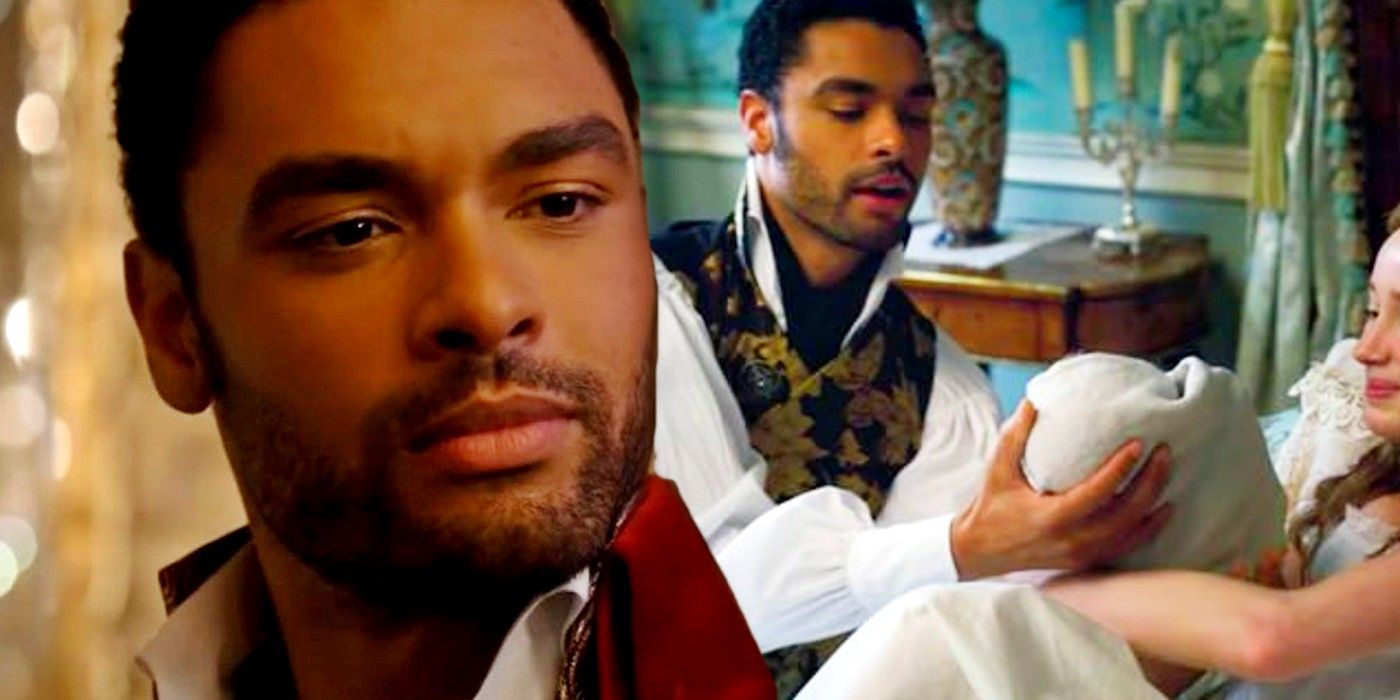
Because Simon, Duke of Hastings played such a crucial part in Bridgerton season 1 and was a fan-favorite character, questions abound as to why Regé-Jean Page didn’t return for Bridgerton season 2. Rest assured, Simon hasn’t been killed off, and his happy ending with Daphne remains in place.
Rather, the main reason the Duke is missing in Bridgerton season 2 is the same reason that the series as a whole has a different feel starting with the season 2 premiere: Bridgerton season 1’s story has reached its rightful conclusion, and from now on the show will be following different characters. In fact, Regé-Jean Page knew all along that his role as Simon Bassett in Bridgerton was only meant to last one season.
Throughout the course of Bridgerton season 1, Simon had a complete and satisfying character arc. As previously discussed, his relationship with Daphne allows him to let go of the past somewhat and stop punishing himself for the ways his father wronged him. Renouncing his vow against children, Simon finds himself in a perfect relationship with Daphne that ultimately results in the pair having a baby. Simon and Daphne’s love story may be chock full of period drama tropes, but this makes it no less satisfying and effective.
Essentially, Bridgerton season 1 already gave Simon the best ending it could have, and thus there’s no pressing need for the character to return.
How Bridgerton Seasons 2 & 3 Are Different From Season 1
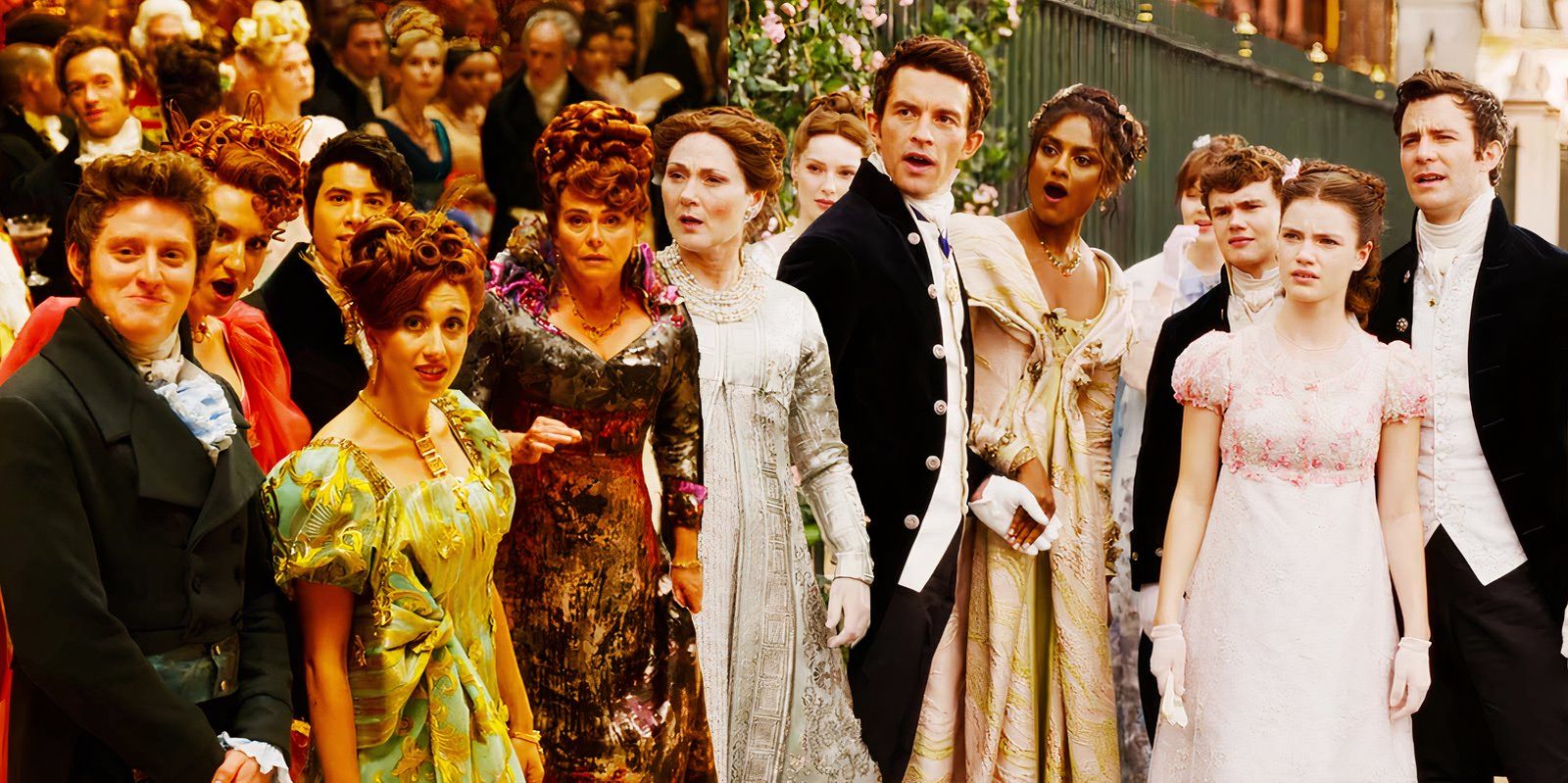
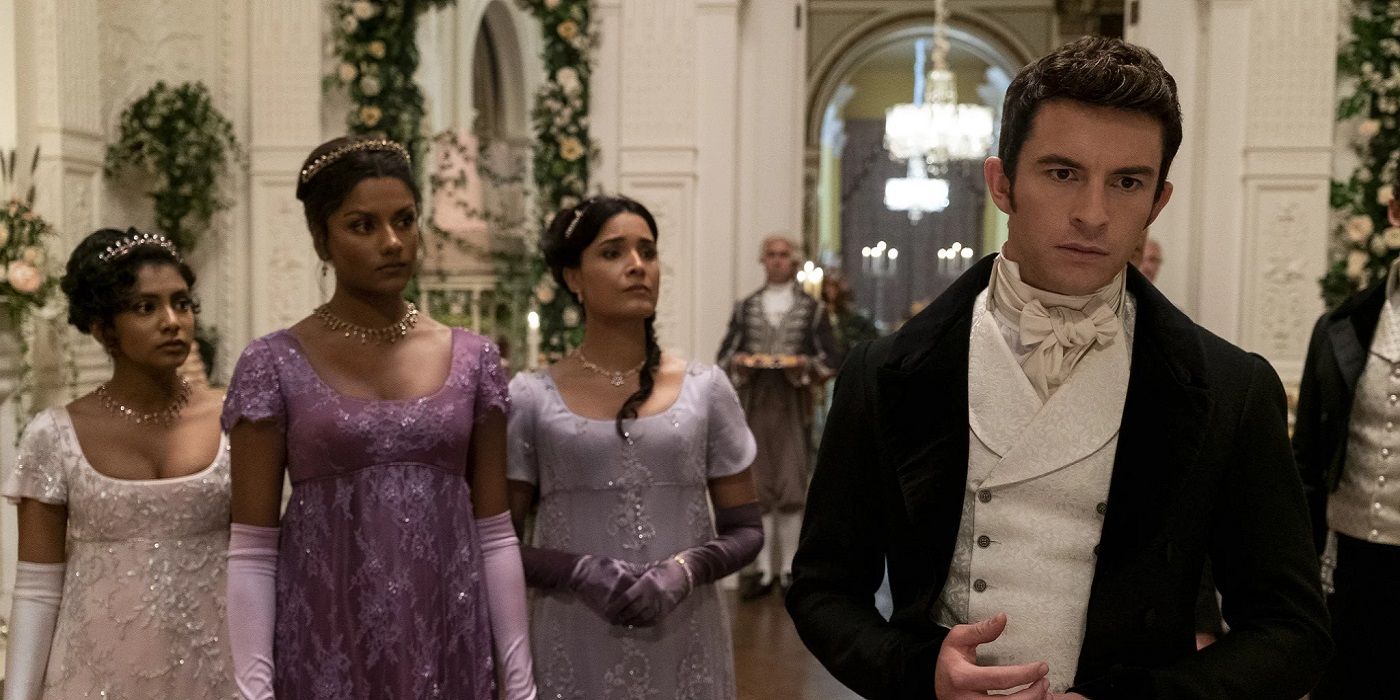
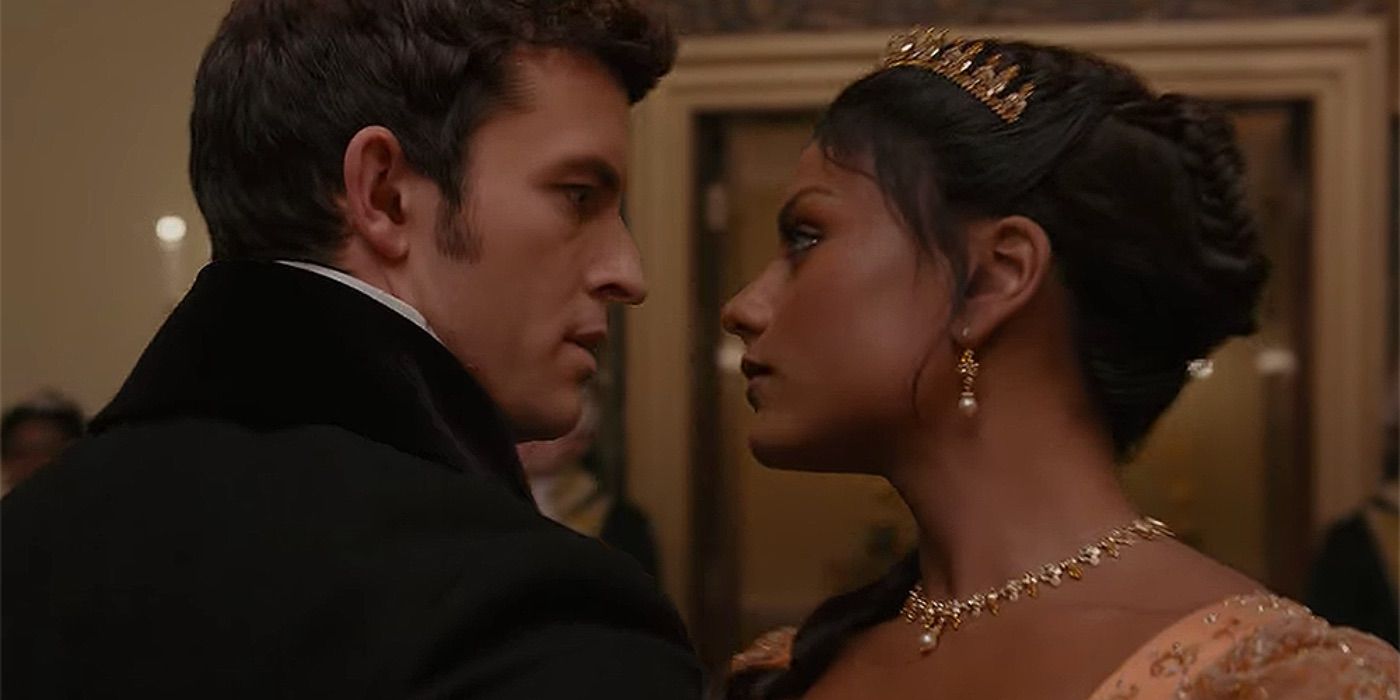
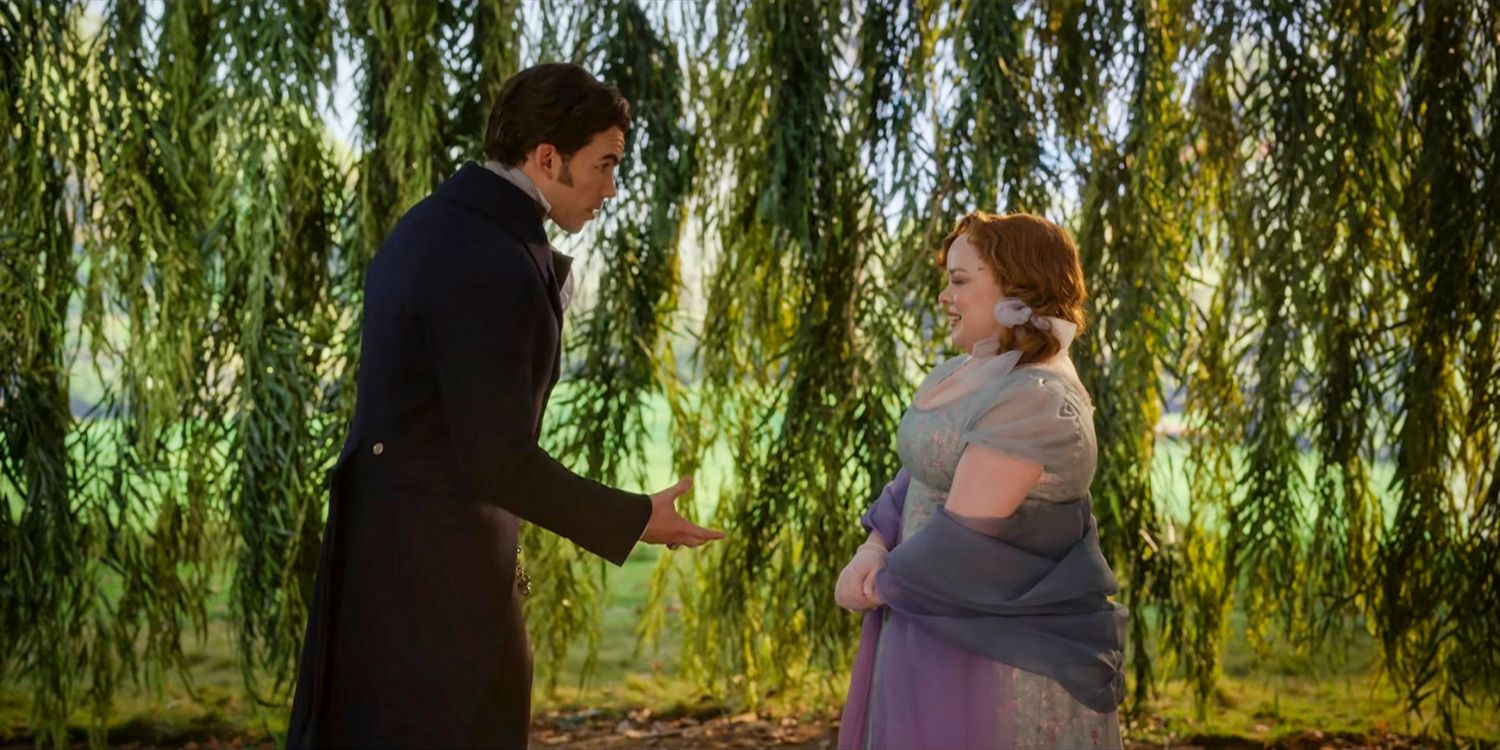
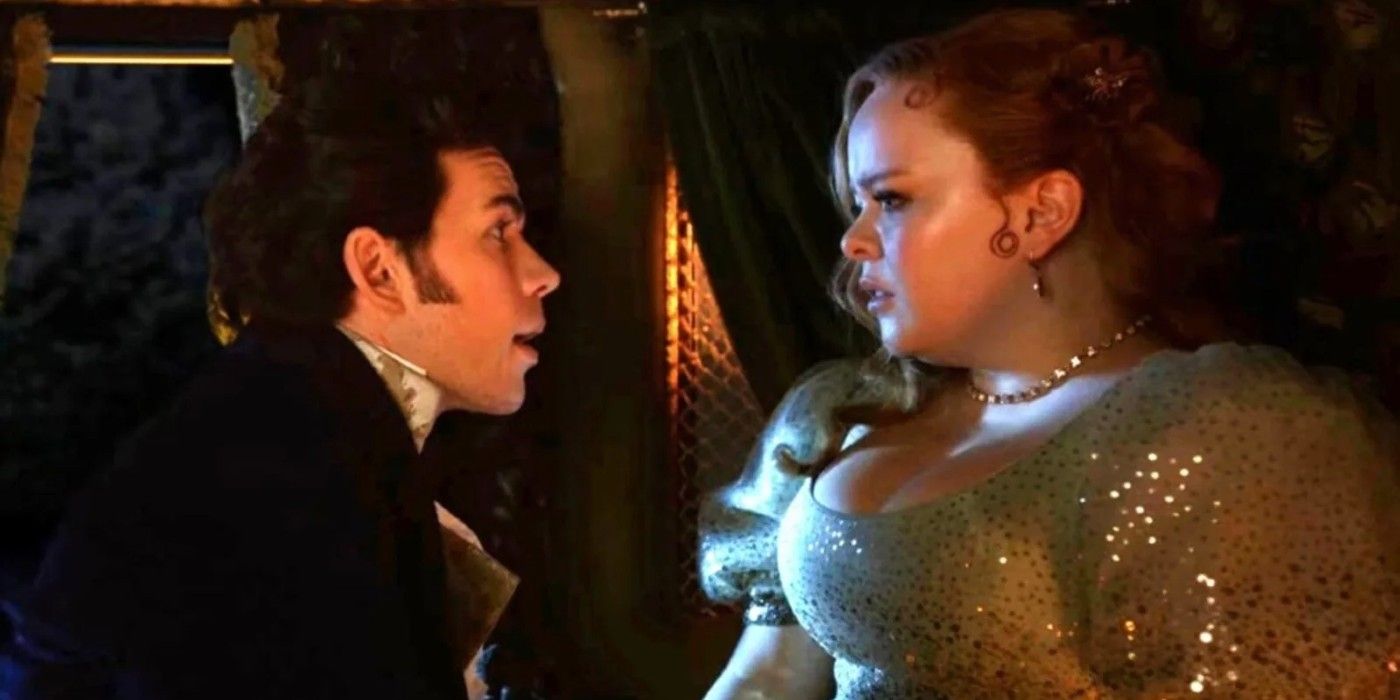
Bridgerton seasons 2 and 3 can feel like watching an entirely different show.
While the setting and some of the core characters from Bridgerton season 1 will remain as they are throughout the series, Bridgerton seasons 2 and 3 can feel like watching an entirely different show. This is due to the nature of Julia Quinn’s book series, in which each installment focuses on a different member of the Bridgerton family and a different trope within the romance genre. While Bridgerton season 1 primarily told the story of Simon and Daphne’s blossoming romance as they employed the fake dating trope often used in romantic comedies, the following seasons focus on different Bridgertons.
Season 2 follows Daphne’s brother Anthony as he deals with his own romantic struggles, namely that of the enemies-to-lovers romantic trope after he resolves to find a wife. While he intends to marry newcomer Edwina Sharma during the season, he cannot help but fall in love with her sister Kate, who gets in his way at every turn. Though Daphne and Simon have largely been phased out of the series after season 1, Anthony and Kate continue to appear in season 3.
Bridgerton season 3 changes up the expected order of the series. While the first two seasons focused on the first two novels, season 3 skips to the fourth to focus on Colin Bridgerton instead of his older brother Benedict. Colin’s season follows the story of him falling in love with Penelope Featherington, employing the friends-to-lovers trope. The two have been friends for years instead of meeting for the first time in their season.
The focus on different characters in combination with the use of different tropes to tell each story means that there are drastic shifts in how each of the stories play out. The couples of the first two seasons, for example, struggle to admit their feelings and don’t find themselves on the same page until near the end of their respective arcs. Colin and Penelope, on the other hand, admit their feelings fairly quickly, by the time Part 1 of season 3 has ended, in fact. The changes change the pace and feel of each season.
Despite this change, however, the heart of what made season 1 a salacious success will stay as every season tackles another lover story. The success of Bridgerton’s first three seasons means fans can likely look forward to a long Bridgerton run on Netflix.

